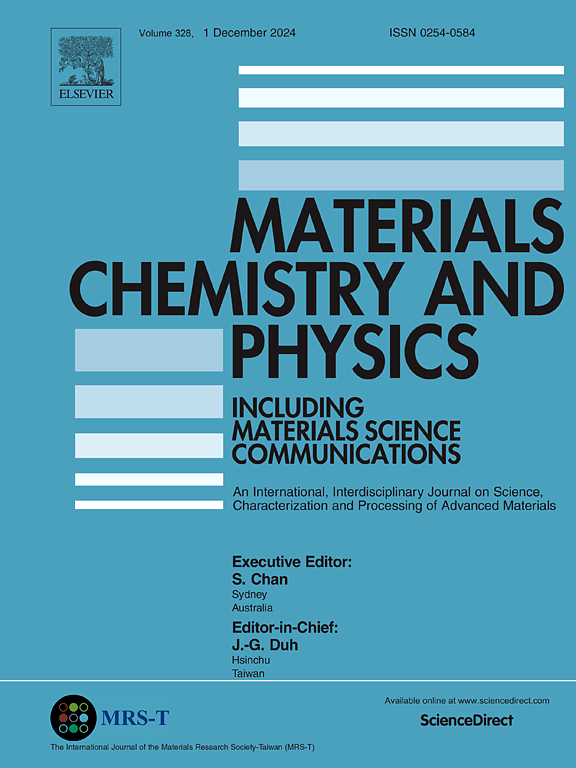Effect of laser surface melting on microstructure and hardness of Mg–4Y–2Zn–1Zr-0.6Ca alloy
IF 4.3
3区 材料科学
Q2 MATERIALS SCIENCE, MULTIDISCIPLINARY
引用次数: 0
Abstract
To improve the performance of magnesium and enhance its mechanical properties and microstructure, a laboratory-scale Mg alloy with the composition Mg–4Y–2Zn–1Zr-0.6Ca was developed. Subsequently, the alloy was subjected to homogenization and extrusion processes to reduce casting defects and the microstructure refinement. Additionally, surface modification was performed using a pulsed Nd:YAG laser. The findings of the experiment indicate that by controlling the laser processing parameters, it was possible to attain a microstructure devoid of any defects. Moreover, an examination of the microstructure and secondary phases was conducted through the utilization of characterization techniques such as the Optical Microscope (OM), Field Emission Scanning Electron Microscope (FESEM) equipped with Energy Dispersive Spectroscopy (EDS), and X-ray Diffraction (XRD). Furthermore, the micro hardness of the samples was evaluated using the Vickers micro hardness testing method. Consequently, the microstructures of all specimens exhibited equiaxed grains, predominantly composed of (α-Mg), (Mg24Y5+α-Zr), and the W-phase (Mg3Y2Zn3). In addition, the laser-melted surface revealed a noteworthy refinement of the grain structure, with an evolution in grain morphology from the top to the bottom of the melted area. Equiaxed grains were present in the centerline, whereas columnar grains were observed in the fusion line. Additionally, as the scanning speed increased, a finer microstructure was observed. Due to the rapid heating and cooling involved in the laser surface melting (LSM) process, the secondary phase (Mg3Y2Zn3) dissolved in the microstructure, and the (Mg24Y5+α-Zr) phase was uniformly distributed throughout the LSMed area. Ultimately, the micro hardness showed a significant increase due to the dual influence of grain refinement and the homogeneous dispersion of the secondary phase.
求助全文
约1分钟内获得全文
求助全文
来源期刊

Materials Chemistry and Physics
工程技术-材料科学:综合
CiteScore
8.70
自引率
4.30%
发文量
1515
审稿时长
69 days
期刊介绍:
Materials Chemistry and Physics is devoted to short communications, full-length research papers and feature articles on interrelationships among structure, properties, processing and performance of materials. The Editors welcome manuscripts on thin films, surface and interface science, materials degradation and reliability, metallurgy, semiconductors and optoelectronic materials, fine ceramics, magnetics, superconductors, specialty polymers, nano-materials and composite materials.
 求助内容:
求助内容: 应助结果提醒方式:
应助结果提醒方式:


